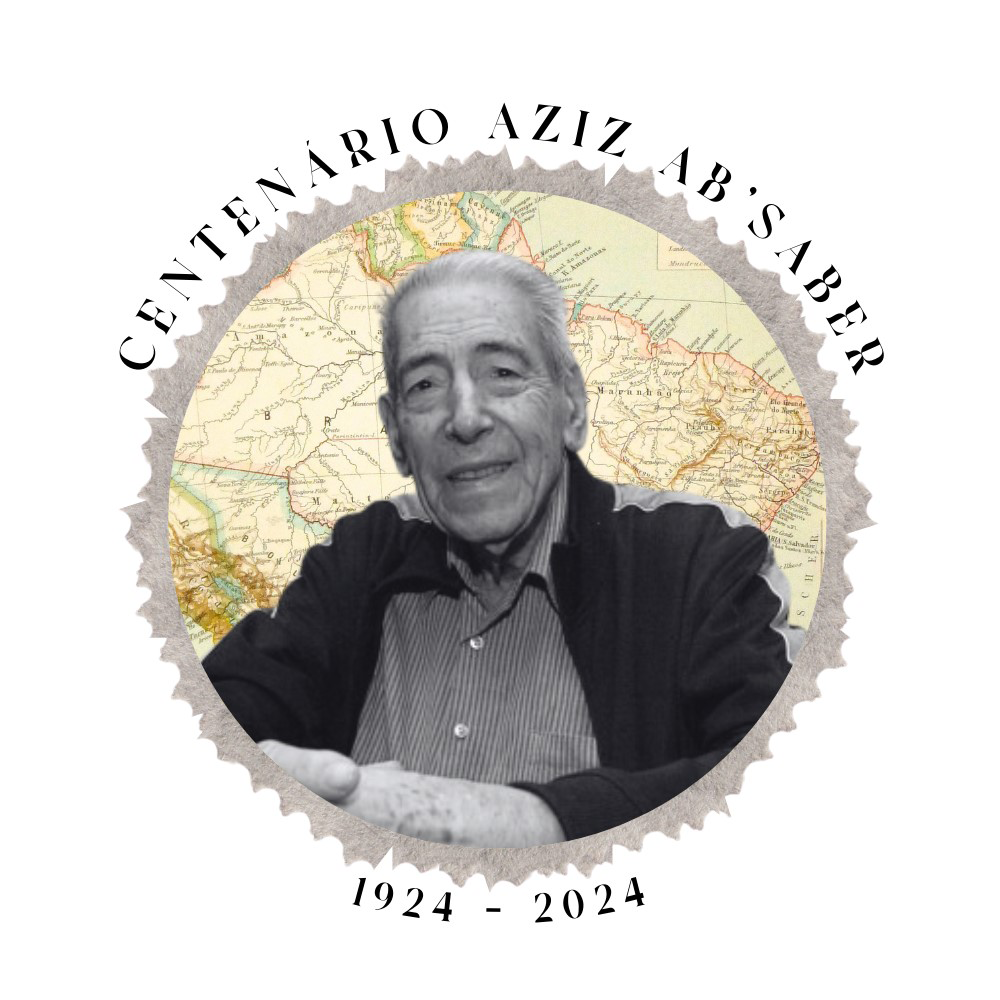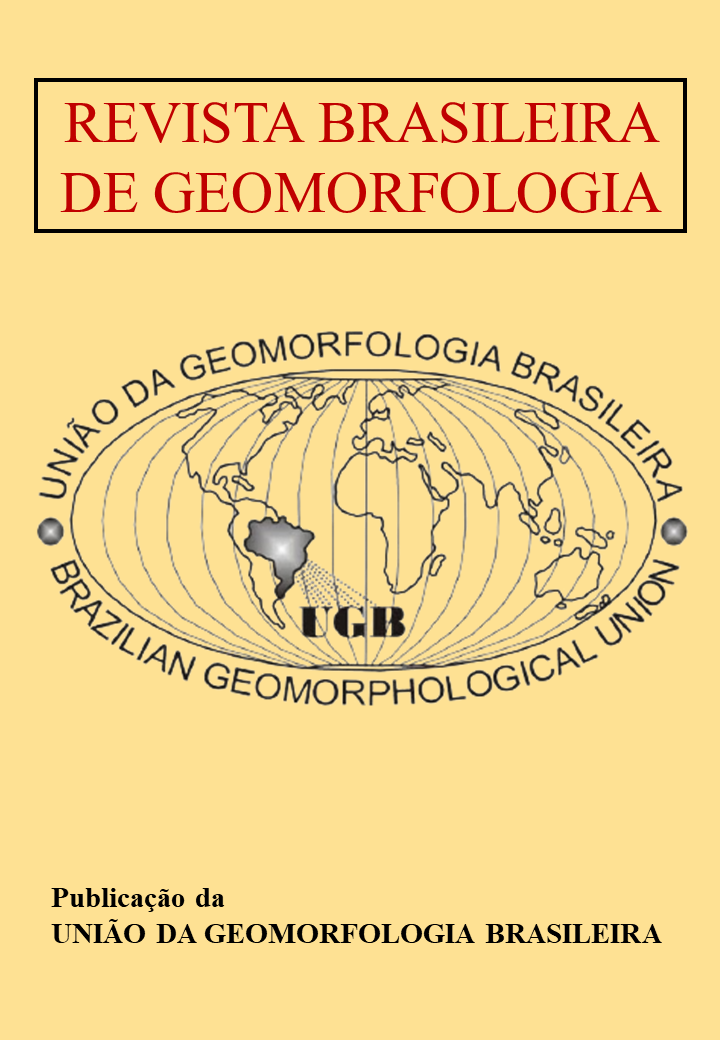Landslide Susceptibility Modeling Using Artificial Neural Networks in the Municipality of Joinville, southern Brazil
DOI:
https://doi.org/10.20502/rbg.v25i4.2513Palavras-chave:
Disaster Prevention, Machine Learning, Landslide SusceptibilityResumo
Assessing landslide susceptibility in a municipality is crucial for disaster prevention, and Artificial Neural Networks (ANN´s) have proven effective in this analysis. This study aimed to model landslides susceptibility in the municipality of Joinville, Santa Catarina state, southern Brazil, using ANNs. The municipality has a significant history of such events, allowing for an inventory of occurrence areas (OC) through polygon mapping on satellite images. For non-occurrence areas (NO), a 1 km radius buffer was used, subtracting OC from it. Random points were generated at 10 m intervals, with a value of 1 for OC and 0 for NO. The explanatory variables were divided into three groups: (i) morphometric variables, (ii) horizontal distances to roads and structural lineaments, and (iii) geo-environmental cartographic databases. Five ANN´s configurations were tested. Validation employed metrics such as area under the ROC curve (AUC) and overall accuracy (ACC), with the best modeling yielding an AUC of 0.90 and ACC of 0.84. This result utilized all explanatory variables except land use and cover, which caused a slight bias in the ANN due to the predominance of landslides in forested areas in the inventory. Geology played a crucial role in determining susceptibility.
Downloads
Downloads
Publicado
Como Citar
Edição
Seção
Licença

Este trabalho está licenciado sob uma licença Creative Commons Attribution-NonCommercial 4.0 International License.
Autor(es) conservam os direitos de autor e concedem à revista o direito de primeira publicação, com o trabalho simultaneamente licenciado sob a Licença Creative Commons Attribution que permite a partilha do trabalho com reconhecimento da autoria e publicação inicial nesta revista.










